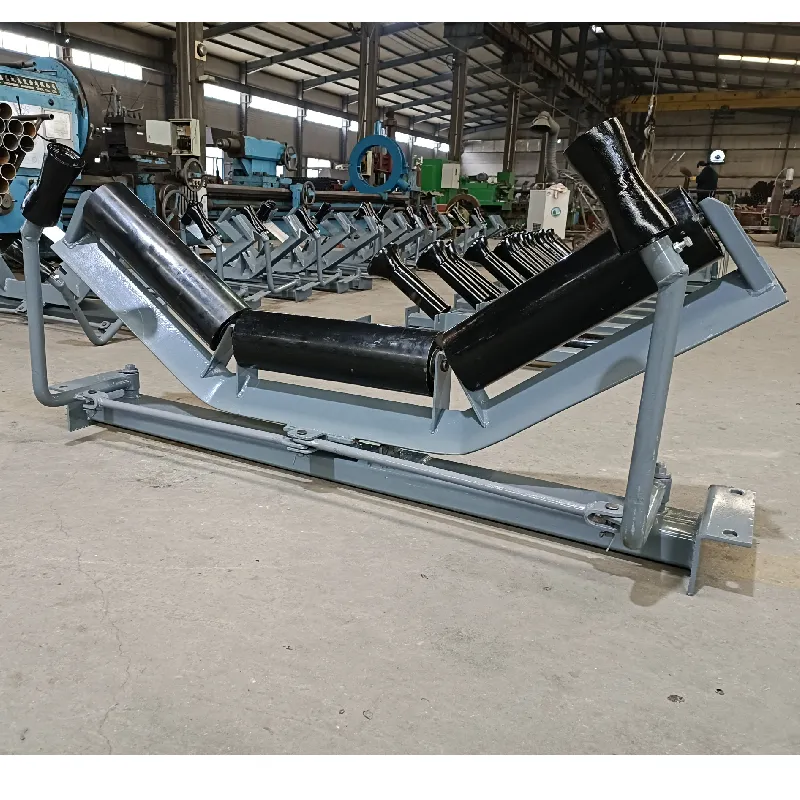 Afrikaans
Afrikaans  Albanian
Albanian  Amharic
Amharic  Arabic
Arabic  Armenian
Armenian  Azerbaijani
Azerbaijani  Basque
Basque  Belarusian
Belarusian  Bengali
Bengali  Bosnian
Bosnian  Bulgarian
Bulgarian  Catalan
Catalan  Cebuano
Cebuano  Corsican
Corsican  Croatian
Croatian  Czech
Czech  Danish
Danish  Dutch
Dutch  English
English  Esperanto
Esperanto  Estonian
Estonian  Finnish
Finnish  French
French  Frisian
Frisian  Galician
Galician  Georgian
Georgian  German
German  Greek
Greek  Gujarati
Gujarati  Haitian Creole
Haitian Creole  hausa
hausa  hawaiian
hawaiian  Hebrew
Hebrew  Hindi
Hindi  Miao
Miao  Hungarian
Hungarian  Icelandic
Icelandic  igbo
igbo  Indonesian
Indonesian  irish
irish  Italian
Italian  Japanese
Japanese  Javanese
Javanese  Kannada
Kannada  kazakh
kazakh  Khmer
Khmer  Rwandese
Rwandese  Korean
Korean  Kurdish
Kurdish  Kyrgyz
Kyrgyz  Lao
Lao  Latin
Latin  Latvian
Latvian  Lithuanian
Lithuanian  Luxembourgish
Luxembourgish  Macedonian
Macedonian  Malgashi
Malgashi  Malay
Malay  Malayalam
Malayalam  Maltese
Maltese  Maori
Maori  Marathi
Marathi  Mongolian
Mongolian  Myanmar
Myanmar  Nepali
Nepali  Norwegian
Norwegian  Norwegian
Norwegian  Occitan
Occitan  Pashto
Pashto  Persian
Persian  Polish
Polish  Portuguese
Portuguese  Punjabi
Punjabi  Romanian
Romanian  Russian
Russian  Samoan
Samoan  Scottish Gaelic
Scottish Gaelic  Serbian
Serbian  Sesotho
Sesotho  Shona
Shona  Sindhi
Sindhi  Sinhala
Sinhala  Slovak
Slovak  Slovenian
Slovenian  Somali
Somali  Spanish
Spanish  Sundanese
Sundanese  Swahili
Swahili  Swedish
Swedish  Tagalog
Tagalog  Tajik
Tajik  Tamil
Tamil  Tatar
Tatar  Telugu
Telugu  Thai
Thai  Turkish
Turkish  Turkmen
Turkmen  Ukrainian
Ukrainian  Urdu
Urdu  Uighur
Uighur  Uzbek
Uzbek  Vietnamese
Vietnamese  Welsh
Welsh  Bantu
Bantu  Yiddish
Yiddish  Yoruba
Yoruba  Zulu
Zulu conveyor pulley lagging material
Conveyor Pulley Lagging Material Enhancing Performance and Longevity
Conveyor systems are essential in various industries, transporting materials efficiently and reliably. One critical component of these systems is the conveyor pulley, which plays a vital role in the overall performance of the conveyor. To optimize the functioning of conveyor pulleys, lagging materials are utilized, serving multiple purposes that enhance the durability and efficiency of the conveyor system.
What is Conveyor Pulley Lagging?
Conveyor pulley lagging refers to the material applied to the surface of the pulley to improve its performance and longevity. This lagging material can be made from several types of materials, including rubber, ceramic, and polyurethane. The choice of lagging material often depends on the specific application, environmental conditions, and the type of material being conveyed.
Benefits of Using Lagging Material
1. Increased Friction One of the primary functions of lagging material is to increase the friction between the conveyor belt and the pulley. This enhanced grip prevents slippage, ensuring that the belt effectively transmits power to move materials. In high-load applications, insufficient friction can lead to decreased efficiency and increased wear on both the belt and the pulley.
2. Protection Against Wear Conveyor pulleys are subjected to considerable wear due to the constant movement and the weight of the materials they handle. Lagging materials act as a protective layer that absorbs wear and tear, extending the lifespan of the pulley itself. This is particularly important in abrasive environments where materials like gravel, sand, and metal ores are transported.
3. Reduction of Noise and Vibration Lagging materials can also help to dampen noise and vibrations caused by the operation of the conveyor system. This can result in a more comfortable working environment and minimize downtime due to noise-related issues.
4. Improved Sealing Properties In some applications, particularly those involving wet or sticky materials, the right lagging can create a better seal on the pulley surface. This can help prevent material spillage and reduce the risk of contamination, which is crucial for maintaining operational efficiency.
conveyor pulley lagging material

Choosing the Right Lagging Material
Selecting the appropriate lagging material depends on various factors, including the type of materials being transported, the conveyor speed, the environmental conditions, and the specific operational requirements. For instance
- Rubber Lagging This is the most common type of lagging due to its excellent abrasion resistance, flexibility, and ability to conform to various pulley shapes. It is suitable for a wide range of applications and is available in different thicknesses and surface textures to match specific needs.
- Ceramic Lagging For applications involving heavy-duty or highly abrasive materials, ceramic lagging provides superior wear resistance. It is often used in industries where maximum traction and minimal slippage are critical to operational efficiency.
- Polyurethane Lagging This type of lagging material is known for its excellent wear resistance and shock absorption. It is particularly useful in applications involving heavy impact loads.
Maintenance Considerations
Regular inspection and maintenance of pulley lagging are essential to ensure optimal performance. Signs of wear, such as cracks, tears, or loss of material, should be addressed promptly to avoid further damage not only to the lagging but also to the conveyor belt and other components of the system.
In conclusion, the use of conveyor pulley lagging material is integral to the efficiency and longevity of conveyor systems. By selecting the appropriate lagging material and ensuring regular maintenance, industries can significantly enhance their operational productivity while minimizing downtime and maintenance costs. As technology advances, innovative lagging materials continue to emerge, providing even more opportunities for improvement in conveyor system design and functionality.
-
Trusted Conveyor Solutions from Leading Conveyor Idler Roller ManufacturersNewsJun.27,2025
-
Reliable Return Idler Solutions for Efficient Belt Conveyor SystemsNewsJun.27,2025
-
Precision Conveyor Accessories for Streamlined Material HandlingNewsJun.27,2025
-
High-Quality Belt Conveyor Idler Solutions for Efficient Material HandlingNewsJun.27,2025
-
High-Performance Belt Conveyor Pulleys for Reliable Material HandlingNewsJun.27,2025
-
Enhancing Material Handling EfficiencyNewsJun.27,2025





























